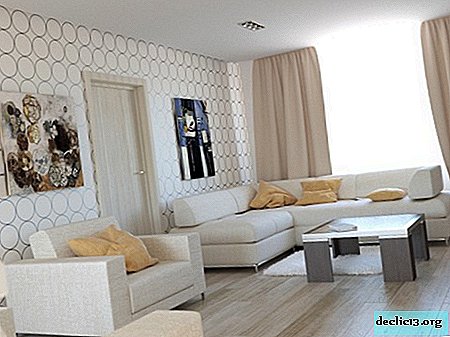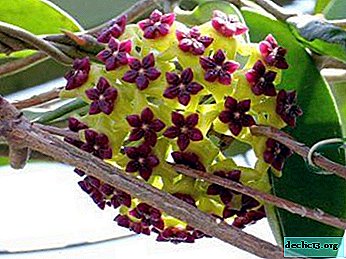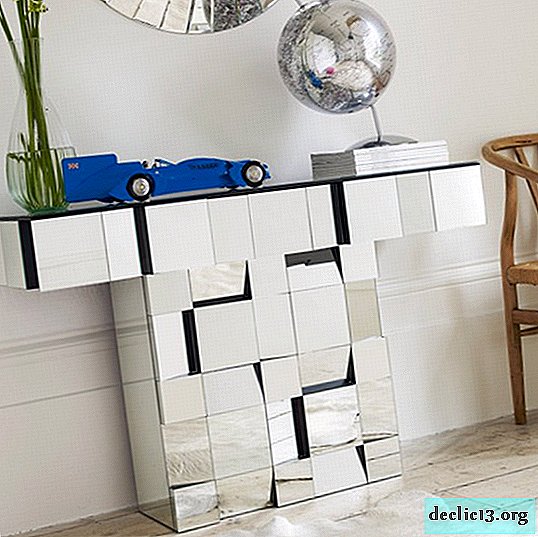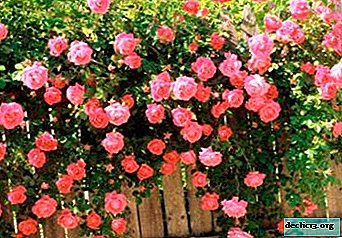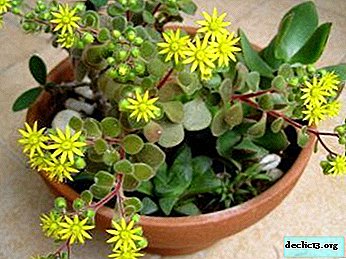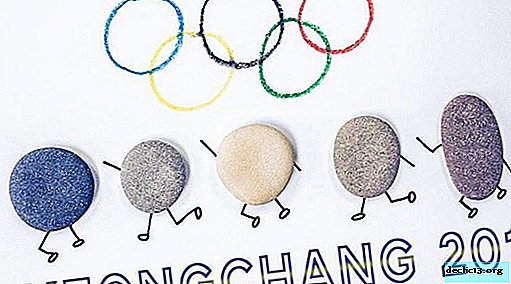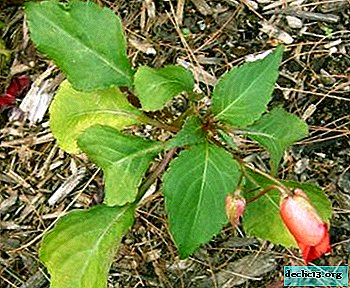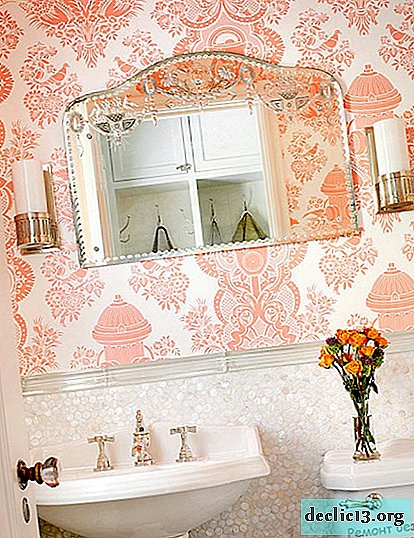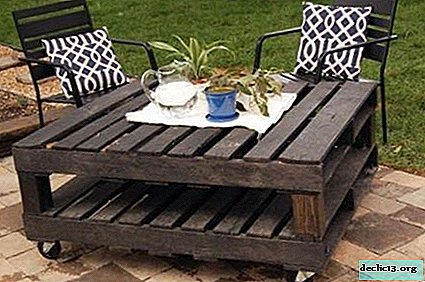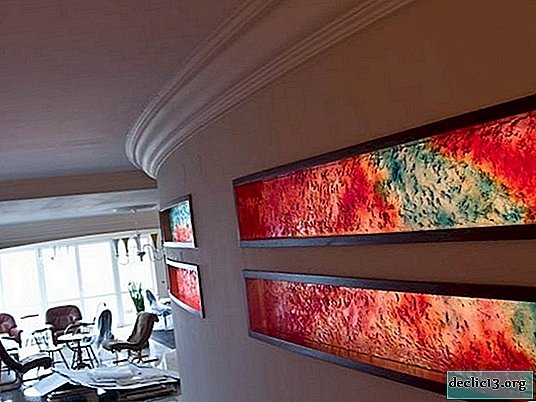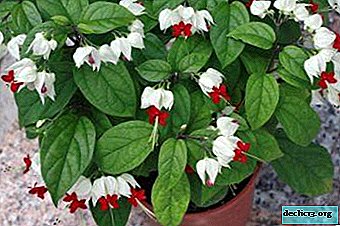When is the best time to plant lobelia for seedlings? Planting Instructions and Care Rules
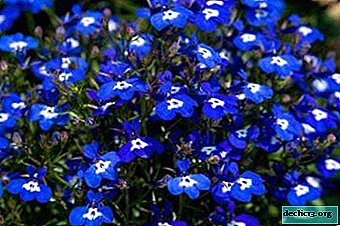
Lobelia is a herbaceous perennial plant with small two-lipped flowers, usually blue, less often purple and pink. In central Russia, lobelia is often grown as an annual.
This is a very beautiful plant that can emphasize the garden path, complete the flower ensemble of a flower bed or become an adornment of an alpine hill.
Engaged in its cultivation in the open ground, you can decorate a flower bed or pond. The article will tell about the varieties of lobelia, its planting, the nuances of reproduction and care.
When to plant?
Lobelia seedlings grow quite slowly and need a lot of light. With a lack of lighting, the plant stretches out and subsequently gives more green parts of the plant than the flowers themselves. So, when is the best thing to sow? Experienced growers are advised to plant seeds at the beginning of the calendar spring, but no later than the first of April.
Reference! Experimental florists in some cases begin to plant lobelia in January, but at the same time use additional seedling illumination using fluorescent or LED lamps.However, it is believed that March seedlings are in no way inferior to their winter "brothers", and in some cases are more viable and pain-resistant.
Soil selection
 Lobelia is sensitive to the substrate - the presence of a large amount of humus or fresh manure will accelerate the growth of vegetative (green) parts of the plant, but will reduce the number of flowers themselves, thereby violating the aesthetics of the plant.
Lobelia is sensitive to the substrate - the presence of a large amount of humus or fresh manure will accelerate the growth of vegetative (green) parts of the plant, but will reduce the number of flowers themselves, thereby violating the aesthetics of the plant.
Ready purchased soil for flower seedlings is well suited. Some gardeners advise sowing seeds not immediately into the soil from the bag, but place it in containers and treat it with antifungal agents two to three days before the planned planting. Opponents of the use of chemical fungicides treat the soil with boiling water or fry in the microwave.
You can prepare the substrate yourself. The main requirements are lightness and friability, as well as neutral acidity. Such a substrate may consist of forest land, peat, sand and humus in equal proportions. Another option for the soil for lobelia may be a mixture of turf land, loose non-acid peat, compost and river sand (2: 2: 2: 1).
Self-prepared substrate is recommended to sift through a large sieve to increase looseness and giving it softness and lightness. In acidic soil, you can add lime, wood ash, dolomite flour.
Sowing technology
Lobelia seeds are very small, and when sown, the problem arises of their uniform distribution over the substrate.
To solve it, several simple methods are used.:
- The simplest and most well-known is to mix the seeds with sand. The resulting mixture is evenly distributed on the ground.
- The wet tip of a toothpick or match is lowered into a bag of seeds, and the grains stick to it. Thus, they are transferred and distributed over the substrate.
Whatever seeding method is chosen, the essence of sowing is in several stages:
- Preparation and processing of soil 2-3 days before the planting date. Capacities are preferably low and small. The top layer is slightly tamped.
- Land on the day of landing should be slightly moist. If the soil is excessively dry, it is lightly sprayed with water from the spray gun.
- Seeds are evenly distributed over the substrate. When using granules, they are placed at a distance of 3-4 cm from each other.
- Immediately after sowing, seeds can be irrigated with a solution to stimulate growth.
- Containers with seedlings are covered with film or glass to create a greenhouse effect and placed in a warm, sunny place. The optimum temperature for seed germination is + 18- + 22 degrees.
Read more about planting lobelia and caring for it here.
Seed Care
Ventilation
Before the first shoots appear, mini-greenhouses need regular ventilation - sometimes up to two to three times a day.
Watering
 Care must be taken to monitor soil moisture and the absence of condensation on the film. - immediately after planting, any drop of condensate that has fallen on the substrate can entrain weightless seeds deep into the soil. In this regard, very accurate watering with a spray gun or syringe is also required.
Care must be taken to monitor soil moisture and the absence of condensation on the film. - immediately after planting, any drop of condensate that has fallen on the substrate can entrain weightless seeds deep into the soil. In this regard, very accurate watering with a spray gun or syringe is also required.
Seeds germinate within two to three weeks. At first, the plants are very delicate and fragile, easily susceptible to fungal infections with excessive watering and prone to rapid drying with a lack of moisture.
Temperature
After the appearance of two or three leaves, the seedlings need to be hardened at a temperature of + 15- + 18 degrees - the film from the containers is removed and left for some time. The completely greenhouse cover is removed a few days before the dive.
Pick
Lobelia picking occurs a month after sowing. If the type of plants is in doubt, three to four true leaflets are awaited. Pick-up is carried out in small heaps of 3-5 pieces. Separating plants is not recommended - it is easy to damage very delicate roots.
Important! Dive soil should be more nutritious than for seedlings and contain more peat, compost or humus.Him as well recommended to treat against possible fungi or parasites. The pick itself can be carried out in one or two stages. The second method is used when it is not possible to plant the plants in separate pots - they are planted in a common container at a small distance from each other.
- In any case, a deepening is made in the soil, and the plants, together with a lump of earth, are planted in the hole and slightly spud.
- Next, the plants are watered with a syringe or spoon.
- After picking, seedlings are exposed to a bright place at a temperature of about +16 degrees. Watering should be moderate enough - the plant does not like waterlogging.
- When the seedlings grow a little, it is recommended to pinch it - this allows you to achieve volume in the adult state even with a small number of plants in the bush. Sometimes, to simplify the procedure, all the seedlings immediately cut off the top with scissors.
Top dressing
 Opinions about top dressing at the seedling stage are radically different. Some gardeners advocate complete abstinence from any fertilizers at the seedling stage., Considering that this adversely affects already adult plants.
Opinions about top dressing at the seedling stage are radically different. Some gardeners advocate complete abstinence from any fertilizers at the seedling stage., Considering that this adversely affects already adult plants.
Others advise to feed complex mineral fertilizers once a week or two after a dive. Their composition should include nitrogen, phosphorus and calcium.
It is widely believed that lobelia, which grows in open ground, needs to be fed 2-3 times per season. It is believed that the frequency depends on the composition of the soil.
Conclusion
At the stage of seedlings, the plant requires a considerable amount of attention and care. Already at the adult stage, they are quite unpretentious and delight the eye with an abundance of flowers. It should be remembered that some of the types of lobelia can bloom 8-10 weeks after planting and begin to flower even before transplanting into open ground.

